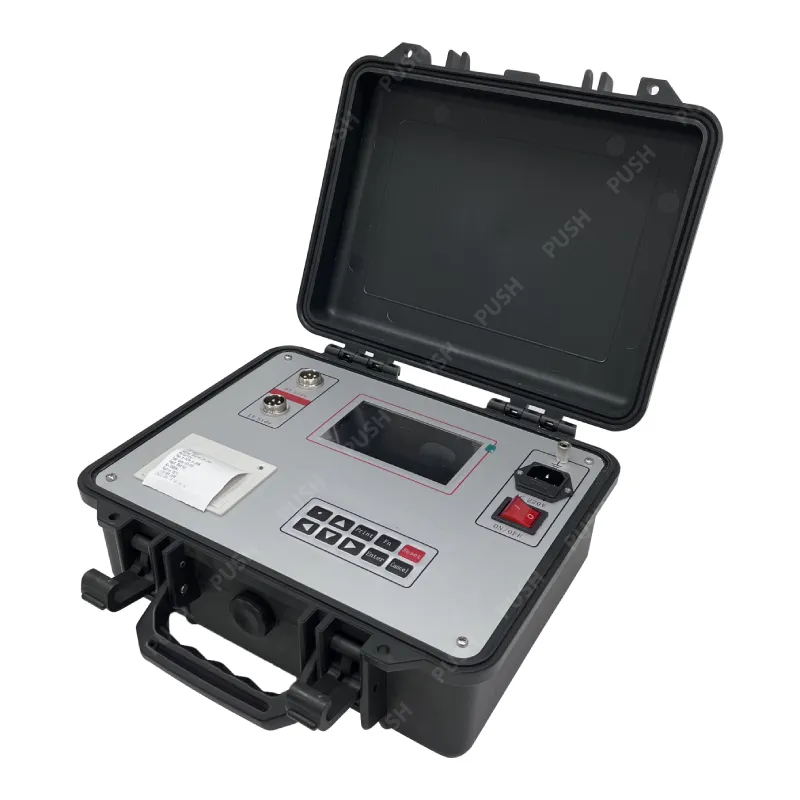 English
English



-
 Afrikaans
Afrikaans -
 Albanian
Albanian -
 Amharic
Amharic -
 Arabic
Arabic -
 Armenian
Armenian -
 Azerbaijani
Azerbaijani -
 Basque
Basque -
 Belarusian
Belarusian -
 Bengali
Bengali -
 Bosnian
Bosnian -
 Bulgarian
Bulgarian -
 Catalan
Catalan -
 Cebuano
Cebuano -
 China
China -
 China (Taiwan)
China (Taiwan) -
 Corsican
Corsican -
 Croatian
Croatian -
 Czech
Czech -
 Danish
Danish -
 Dutch
Dutch -
 English
English -
 Esperanto
Esperanto -
 Estonian
Estonian -
 Finnish
Finnish -
 French
French -
 Frisian
Frisian -
 Galician
Galician -
 Georgian
Georgian -
 German
German -
 Greek
Greek -
 Gujarati
Gujarati -
 Haitian Creole
Haitian Creole -
 hausa
hausa -
 hawaiian
hawaiian -
 Hebrew
Hebrew -
 Hindi
Hindi -
 Miao
Miao -
 Hungarian
Hungarian -
 Icelandic
Icelandic -
 igbo
igbo -
 Indonesian
Indonesian -
 irish
irish -
 Italian
Italian -
 Japanese
Japanese -
 Javanese
Javanese -
 Kannada
Kannada -
 kazakh
kazakh -
 Khmer
Khmer -
 Rwandese
Rwandese -
 Korean
Korean -
 Kurdish
Kurdish -
 Kyrgyz
Kyrgyz -
 Lao
Lao -
 Latin
Latin -
 Latvian
Latvian -
 Lithuanian
Lithuanian -
 Luxembourgish
Luxembourgish -
 Macedonian
Macedonian -
 Malgashi
Malgashi -
 Malay
Malay -
 Malayalam
Malayalam -
 Maltese
Maltese -
 Maori
Maori -
 Marathi
Marathi -
 Mongolian
Mongolian -
 Myanmar
Myanmar -
 Nepali
Nepali -
 Norwegian
Norwegian -
 Norwegian
Norwegian -
 Occitan
Occitan -
 Pashto
Pashto -
 Persian
Persian -
 Polish
Polish -
 Portuguese
Portuguese -
 Punjabi
Punjabi -
 Romanian
Romanian -
 Russian
Russian -
 Samoan
Samoan -
 Scottish Gaelic
Scottish Gaelic -
 Serbian
Serbian -
 Sesotho
Sesotho -
 Shona
Shona -
 Sindhi
Sindhi -
 Sinhala
Sinhala -
 Slovak
Slovak -
 Slovenian
Slovenian -
 Somali
Somali -
 Spanish
Spanish -
 Sundanese
Sundanese -
 Swahili
Swahili -
 Swedish
Swedish -
 Tagalog
Tagalog -
 Tajik
Tajik -
 Tamil
Tamil -
 Tatar
Tatar -
 Telugu
Telugu -
 Thai
Thai -
 Turkish
Turkish -
 Turkmen
Turkmen -
 Ukrainian
Ukrainian -
 Urdu
Urdu -
 Uighur
Uighur -
 Uzbek
Uzbek -
 Vietnamese
Vietnamese -
 Welsh
Welsh -
 Bantu
Bantu -
 Yiddish
Yiddish -
 Yoruba
Yoruba -
 Zulu
Zulu
burden test of ct
Understanding the Burden Test of Computed Tomography
Computed Tomography (CT) scans have become integral to modern diagnostics, offering detailed images that aid healthcare professionals in identifying and treating various medical conditions. However, among the many considerations in using CT, one crucial aspect is the burden test of CT imaging. This article delves into what the burden test involves, its significance, and its implications in clinical practice.
What is the Burden Test?
The burden test in the context of CT imaging often refers to an evaluation of the risks associated with the exposure to radiation during CT scans. While CT scans are invaluable for their diagnostic capabilities, they do involve the administration of ionizing radiation to the patient. The burden test assesses the balance between the diagnostic benefits of a CT scan against potential risks, including the long-term implications of radiation exposure.
Radiation Exposure
CT scans deliver a higher radiation dose compared to conventional X-rays, which raises concerns about the cumulative effects of such exposure over a patient's lifetime. The burden test employs a risk-benefit analysis to determine whether the advantages of obtaining a CT image outweigh the associated radiation risks. This assessment uses guidelines and metrics established by organizations such as the American College of Radiology and the Radiological Society of North America.
The Importance of the Burden Test
The primary goal of the burden test is to promote patient safety. As technology evolves and the use of CT imaging becomes more prevalent, ensuring that scans are justified is vital. By implementing burden testing, healthcare providers can
1. Optimize Patient Care By evaluating the necessity of CT scans for particular conditions or symptoms, healthcare professionals can make informed decisions that do not compromise patient safety.
burden test of ct

2. Reduce Unnecessary Radiation Exposure The burden test helps to identify situations where a CT scan may not be necessary, thereby minimizing exposure to ionizing radiation. This is especially important in vulnerable populations, such as children and pregnant women, who are more susceptible to radiation-induced harm.
3. Enhance Diagnostic Accuracy The burden test encourages the careful consideration of the clinical information obtained from CT scans, leading to improved diagnostic practices and outcomes. Ensuring that imaging is appropriate can help in making the right treatment decisions.
Implementation in Clinical Practice
To effectively conduct a burden test, healthcare facilities need to establish protocols that involve
1. Clinical Justification Clinicians should justify the need for a CT scan based on clinical symptoms, physical examination findings, and alternative imaging modalities that might involve lower radiation exposure.
2. Education and Training Continuous education for healthcare professionals about the risks associated with radiation exposure and the effective use of CT imaging is paramount. This fosters a culture of safety and awareness in clinical settings.
3. Use of Advanced Technology Advancements in technology have introduced dose-reduction techniques and alternative imaging methods, such as magnetic resonance imaging (MRI) and ultrasound, which can provide necessary information with minimal or no radiation exposure.
Conclusion
The burden test of CT imaging plays a critical role in the intricate balance between the need for diagnostic clarity and patient safety. As the medical field progresses, ongoing evaluation of imaging techniques and their implications on patient health is essential. By prioritizing the burden test, healthcare providers can maximize the benefits of CT scans while minimizing potential risks, ultimately leading to better patient outcomes and enhanced trust in diagnostic interventions.
-
Testing Equipment Industry Sees Major Advancements in 2025: Smart & Precision Technologies Lead the WayNewsJun.06,2025
-
Applications of Direct Current Generators in Renewable Energy SystemsNewsJun.05,2025
-
Hipot Tester Calibration and Accuracy GuidelinesNewsJun.05,2025
-
Digital Circuit Breaker Analyzer Features and BenefitsNewsJun.05,2025
-
Benefits of Real-Time Power Quality Monitoring Devices for Industrial EfficiencyNewsJun.05,2025
-
Earth Fault Loop Testing in High-Rise Building Electrical SystemsNewsJun.05,2025



